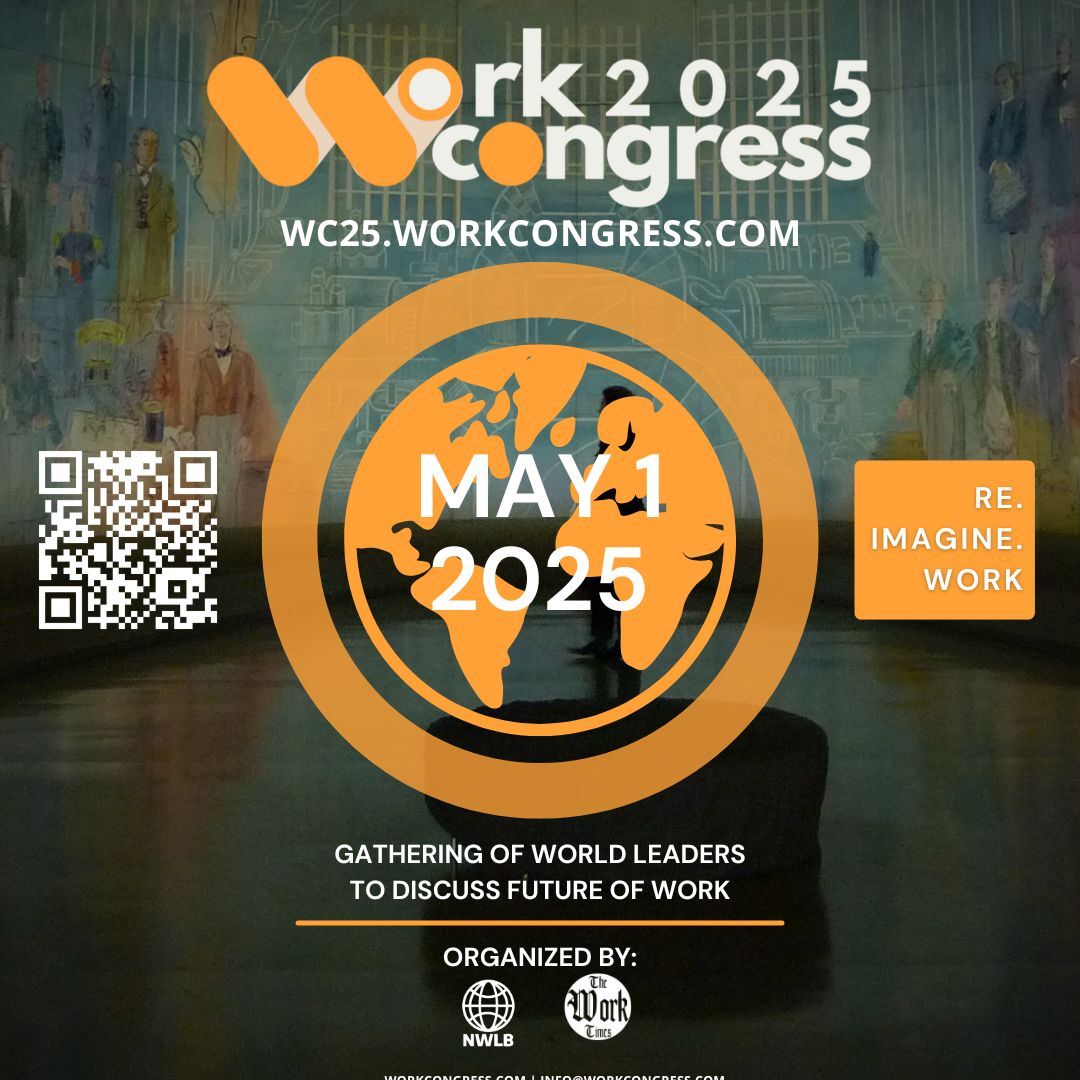In a startling announcement that has reverberated across the AI and semiconductor industries, Samsung has projected a staggering 56% drop in its Q2 2025 profits. This unprecedented forecast is attributed largely to the intensifying restrictions imposed by the United States on the export of advanced AI chips. At the intersection of geopolitics and technology, the ripple effects of these export controls are not only reshaping Samsung’s financial landscape but also signaling a critical pivot point for the global semiconductor supply chain and, by extension, the broader AI ecosystem.
The semiconductor industry has been the unseen backbone of the AI revolution—powering everything from data centers driving large language models to edge devices enabling intelligent automation. Samsung, as one of the world’s semiconductor giants, plays a crucial role in supplying high-performance chips designed specifically for AI workloads. The new U.S. export restrictions, therefore, introduce a tectonic shift in availability and innovation pace, which could temper the rapid advancements AI communities have grown accustomed to.
This profit drop is emblematic of a larger narrative playing out on the world stage: the increasing intertwining of technology leadership and national security imperatives. The U.S. government’s move to limit access to high-end AI chips and manufacturing equipment to certain countries represents an attempt to maintain a strategic edge in the AI arms race. However, this has the unintended consequence of disrupting global manufacturing pipelines, notably impacting companies like Samsung caught at the crossroads of diplomacy and commerce.
From an AI development perspective, the ramifications extend far beyond one company’s earnings report. The semiconductor supply chain is highly complex and interdependent, with no single nation or firm holding an absolute monopoly but rather a fragile ecosystem of global cooperation. Constraints on chip exports contribute to uncertainties and possible bottlenecks that affect both innovators and end-users. This may slow AI model training rates, reduce access to next-generation AI hardware, and ultimately impact the pace at which AI technologies mature and diffuse into various sectors.
Equally important is how this development underscores the strategic recalibration that chipmakers are compelled to undertake. Samsung, recognized for its cutting-edge fabrication capabilities and substantial R&D investments, must now navigate a dramatically altered terrain where manufacturing capacity, customer alliances, and regulatory compliance are tightly intertwined. Adjusting to these new realities demands agility—not only in engineering but also in supply chain strategy and market positioning.
The larger AI community must absorb the implications of these export restrictions with an awareness that the supply of hardware is not just a background detail but a core determinant of how AI’s trajectory unfolds globally. As technology enthusiasts, developers, enterprises, and policymakers watch this space, the urgency increases to advocate for frameworks that balance innovation with security without throttling the flow of critical components vital for AI progress.
Looking ahead, this scenario could also ignite a renaissance in semiconductor innovation and diversification. Alternative manufacturing hubs may rise in prominence, niches in AI chip specialization might develop further, and new cooperative models for global semiconductor supply could emerge. Samsung’s projected profit dip is thus also a signal flare that highlights both the fragility and resilience of the AI hardware ecosystem—a call to rethink how the AI community approaches sustainable growth in an era of geopolitical complexity.
Ultimately, while the 56% profit decline forecast reveals immediate challenges, it also presents an inflection point. It calls on the AI ecosystem to adapt, innovate, and collaborate with renewed vigor—recognizing that the future of AI depends not only on algorithms but also on the intricate dance of semiconductor supply chains, policies, and global partnerships that make those algorithms possible.

